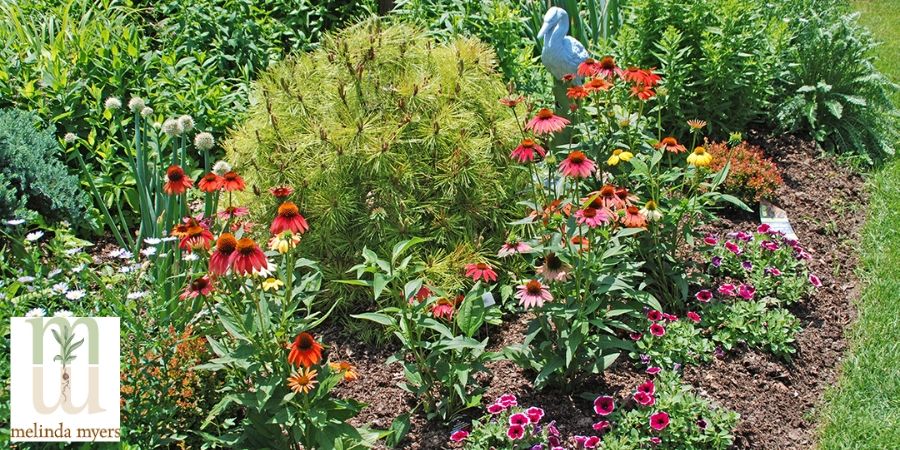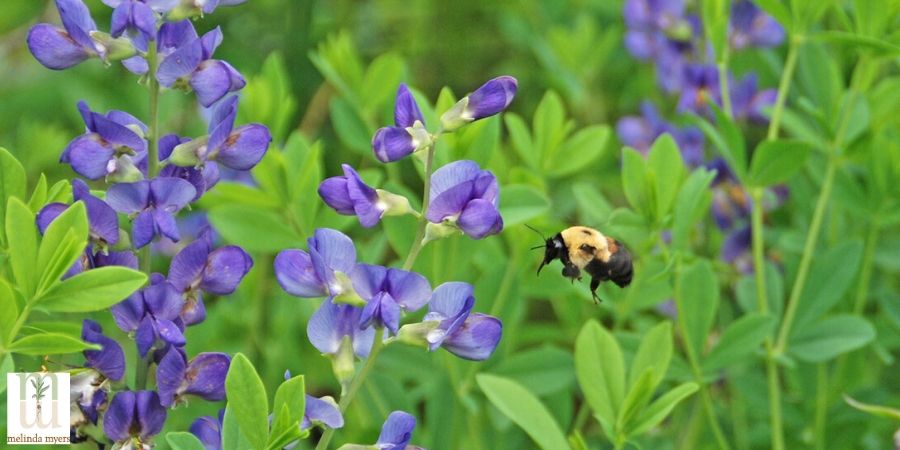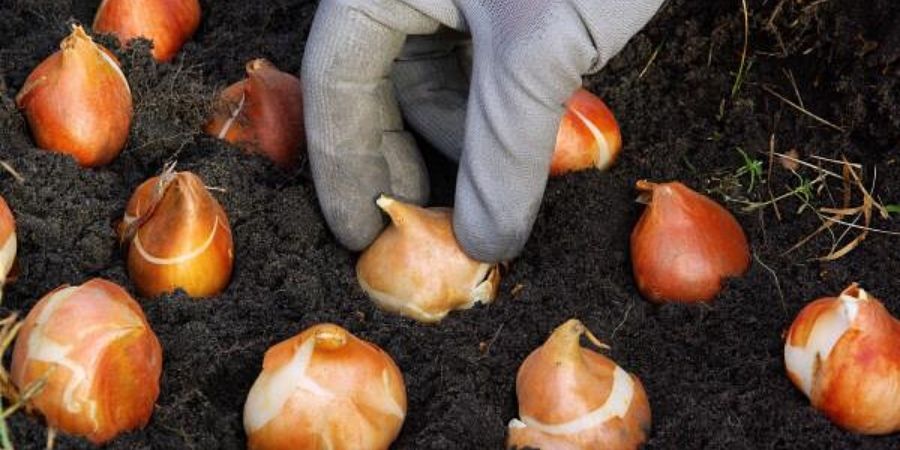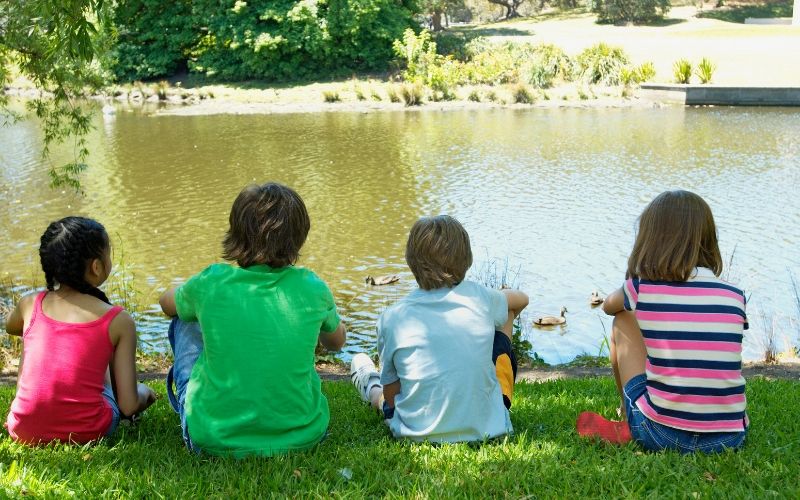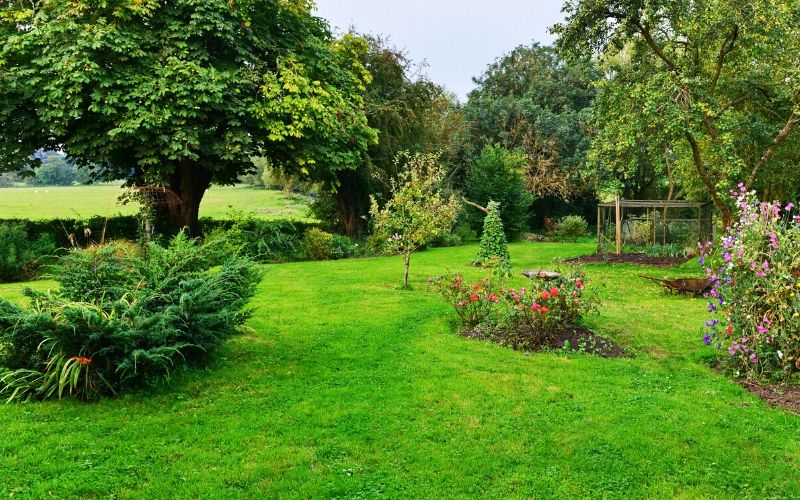How to Plant Bulbs
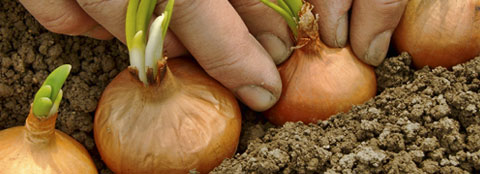
Bulbs are a great investment for any size garden because they provide an array of colors and fragrances year after year. Below are simple steps to planting the perfect bulb garden.
It’s best to plant spring flowering bulbs in the fall. In the North, it’s best to plant in September and October. In the South and West, the best time of the year to plant bulbs is in November and December. You want the soil temperatures to be below 60 ⁰F before you put your bulbs into the ground. Once the nighttime air temperatures are below 60 ⁰F consistently, the soil temperatures will be the same.
Bulbs prefer full sun and well-drained soils. It’s also a great idea to mix bulbs in with annuals and perennials, once the bulbs are finished blooming, the annual and perennial foliage will cover up and mask the bulb foliage. Keep in mind that bulbs look best planted in clumps or drifts.
Planting Bulbs:
- 2 to 3 times the height of the bulb, deep. For Daffodils, that’s about 6 - 8 inches. Smaller bulbs can be planted to a depth of 3-4 inches.
- Sprinkle a handful of Milorganite® into the hole.
- Plant the bulb with the pointed side up.
- Place bulbs 3 to 6” apart and cover with soil.
- Water - For the spring bloomers (crocuses, tulips, hyacinths, or daffodils), no need for extra water if you get at least a couple of inches of precipitation per month through the winter. The bulb is a self-contained food supply for the flower. For lilies, gladiolus, and other summer bloomers they need about a half-inch of water twice a week.
- Allow bulb leaves to naturally yellow and dry before removing. The leaves produce the needed energy for next year’s flower display.
For more information checkout The Beginner's Guide to Bulb Gardening.
Garden Articles
Garden Videos
Related Garden Tips
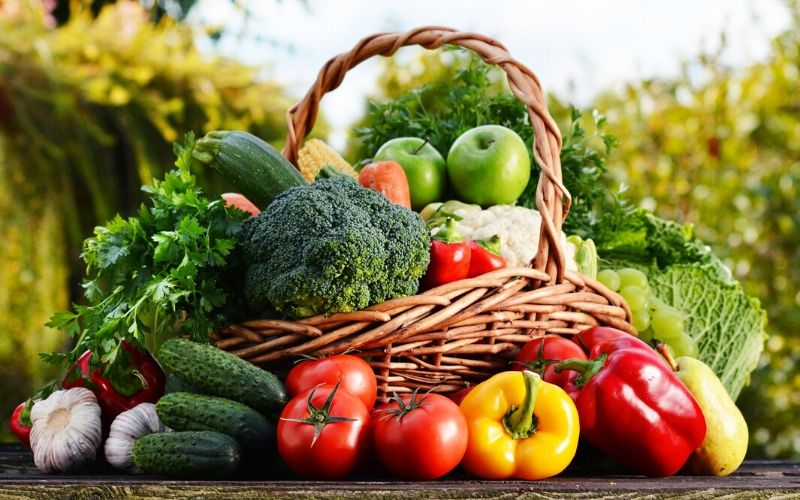
Fruit and Vegetable Application Rates
Learn how much Milorganite to apply to your fruits and vegetables.
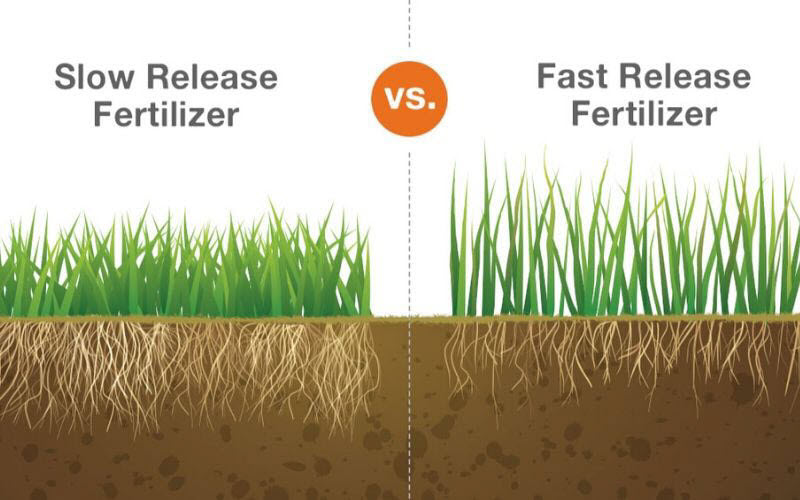
Organic vs. Synthetic Fertilizer
Learn the differences and benefits of organic and synthetic fertilizers.

